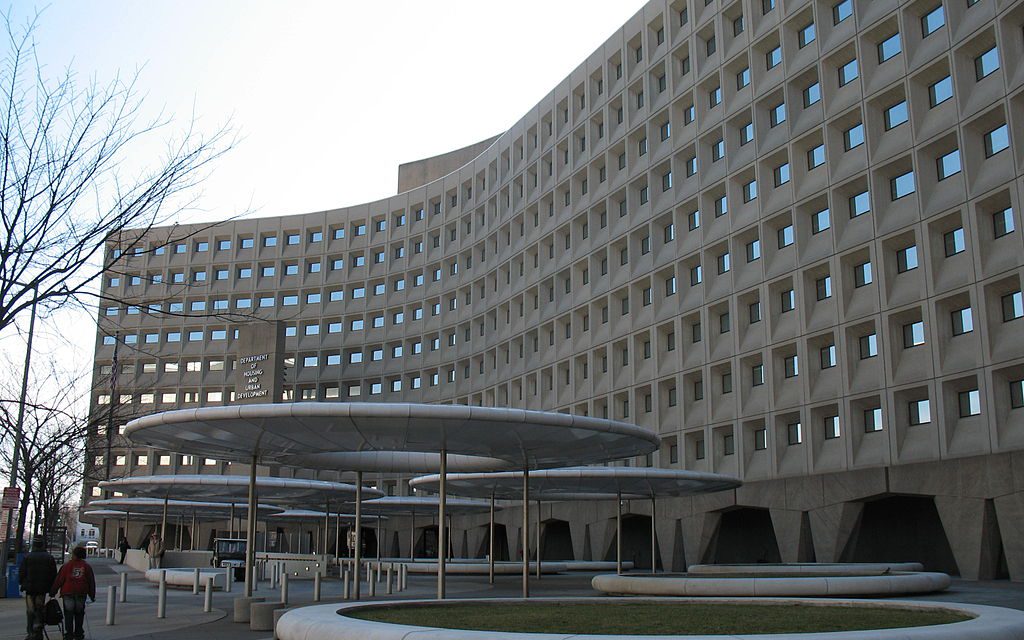Washington is abuzz with Julian Castro’s recent appointment to replace Shaun Donovan as Secretary of the Department of Housing and Urban Development (HUD). However, a recent article by Vox questions the actual impact Castro will be able to make as HUD Secretary.
The problem has to do with money. HUD’s budget is miniscule compared to the other federal housing “programs” out there. This graphic from Vox says it all:
The first thing the above tells us is that the federal government is very invested in homeownership. It also tells us the government has a greater commitment to supporting current homeowners rather than renters and future homebuyers who benefit from HUD’s programs. The main exceptions are homeowners with Federal Housing Administration (FHA)-insured loans, which fall under HUD’s stewardship and play a significant role in the future of homeownership.
The main reason: if, as many lenders fear, the new ability-to-repay (ATR) and qualified mortgaged (QM) restrictions end up pushing qualified homebuyers out of the market, FHA loans may provide some relief. That’s because the temporary QM (in place until government agencies set a permanent QM definition or 2021, whichever happens sooner) needs to be eligible for:
- purchase by Fannie Mae;
- purchase by Freddie Mac;
- insurance by the FHA;
- guarantee by the Veterans Administration (VA);
- guarantee by the U.S. Department of Agriculture (USDA); or
- insurance by the Rural Housing Service (RHS). [12 CFR §1026.43(e)(4)]
Thus, the FHA (along with the other government agencies listed) has the power to expand mortgage borrowing to more potential homebuyers. Tax credits don’t mean a thing if you can’t qualify for a home in the first place, and that’s where HUD comes in.
FHA-insured loan use has dwindled over the past year, decreasing to 19% of all loans originated in Southern California as of April 2014, down from 22% a year earlier, according to DataQuick. This downward trend will likely continue in the immediate future, as the homebuyer population continues to consist of cash-heavy individuals who have no need of the low down payment lure of FHA-insured loans.
However, once members of Generation Y (Gen Y) finally find themselves on solid financial footing and enter the market as first-time homebuyers, FHA use will rise once more. Gen Y’s collective burden of student debt, lack of savings and late entry into the jobs market makes them especially reliable on HUD for access to FHA’s low down payment loans. This first-time homebuyer population (and FHA use) is expected to swell in 2018-2020.
It’s true — HUD doesn’t rule housing policy — it’s really our elected officials who do that. But its importance for the health of California’s housing market remains substantial.















